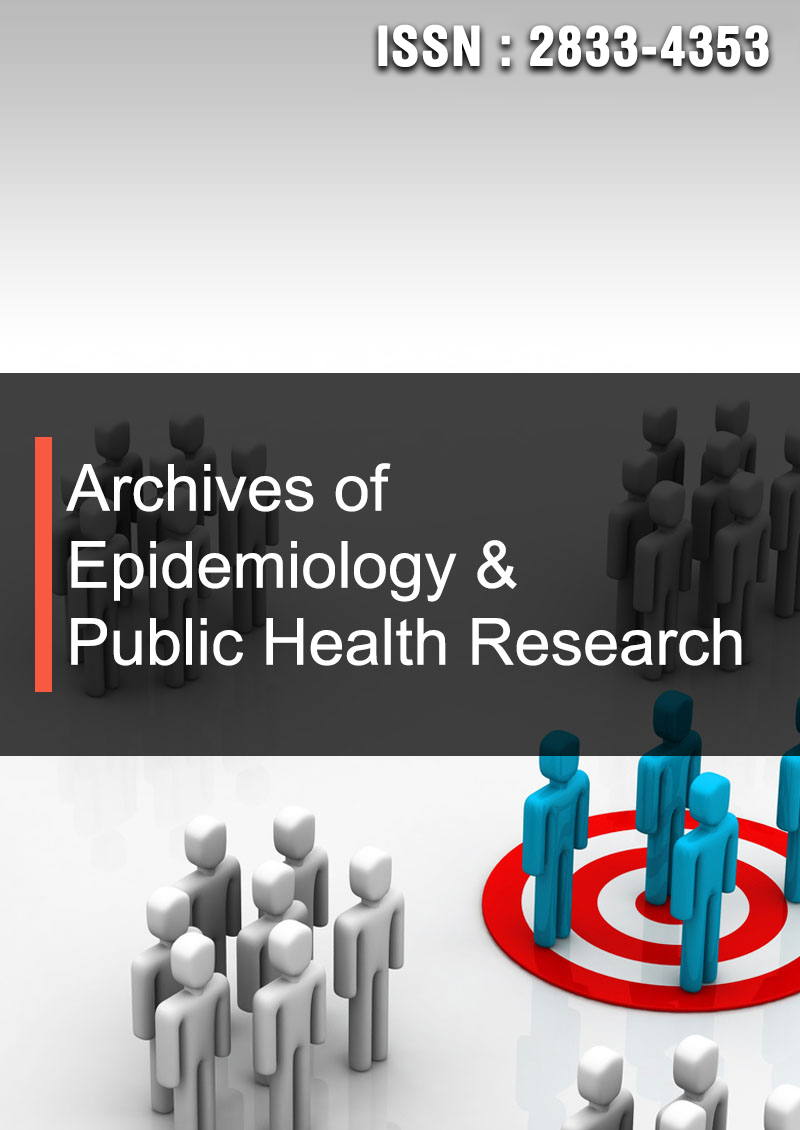IMPACT of Alcoholic Drinks Control Policies on the Consumption of Illicit Alcohol in Angorom Word, Busia - Kenya
Abstract
William N. Okedi and Caroline Wakoli
Illicit alcohol is a major public health threat globally because it’s not regulated and therefore sold illegally. Evidence shows that 60% of all alcohol consumed in sub-Saharan Africa is illicit. In Kenya, it is estimated that 36% of all alcohol consumed by adults is illicit. In 2010, the Government of Kenya enacted the Alcoholic Drinks Control Act in order to operationalize the alcohol control policy in the country. One of the aims of the policy was to eradicate or minimize the production, sale, and consumption of illicit alcohol. However, since the enactment of the policy, no study has been done in Busia County to determine the impact of the policy on the production and consumption of illicit alcohol in Busia County. This lack of information to inform planning and resource allocation has affected the ability of policymakers at the County level to effectively plan appropriate and effective interventions to address the complex challenge of illicit alcohol. This study has collected, analyzed, and interpreted information that will assist a cross-section of stakeholders involved in the prevention and control of illicit alcohol in the country and beyond.
The study has determined the types of alcoholic drinks consumed in the study area; assessed the prevalence of illicit alcohol and assessed the perception of the impact of alcoholic drinks policies on the production and consumption of illicit alcohol in Ang’orom ward. A cross–sectional study design was adopted for this study. A systematic sample of 103 heads of households and 12 key informants were involved in the study. Data collection techniques used included interviews, document analysis, and key informant interviews. The SPSS social Science program was used in the analysis of quantitative data while thematic analysis was used in the analysis of qualitative data.
The study results show that the main illicit alcohol consumed in the study areas was Chang’aa, this was, however, transported and sold in all the cities and major towns in the country. The study found that the alcohol control policies have had little or no impact in eradicating or minimizing the consumption of illicit alcohol in the study area whose prevalence stands at 50% against the national average of 36% and Sub-Saharan Africa’s average of 60%. The study concluded that1) production and consumption of illicit alcohol is a serious problem in the study area with harmful patterns of alcohol consumption that threaten public health; 2) the existing illicit alcohol control policies seem to be ineffective because they are inconsistent with complex developmental, cultural, economic, political and administrative factors that fuel the production, sale, and sustainability of the illicit alcohol business in the country. The study recommends comprehensive research to determine the cost-effectiveness of current government policy on illicit alcohol and make recommendations on the rationale, feasible, cost-effective, and sustainable strategies to address the challenges posed by illicit alcohol in Kenya.



